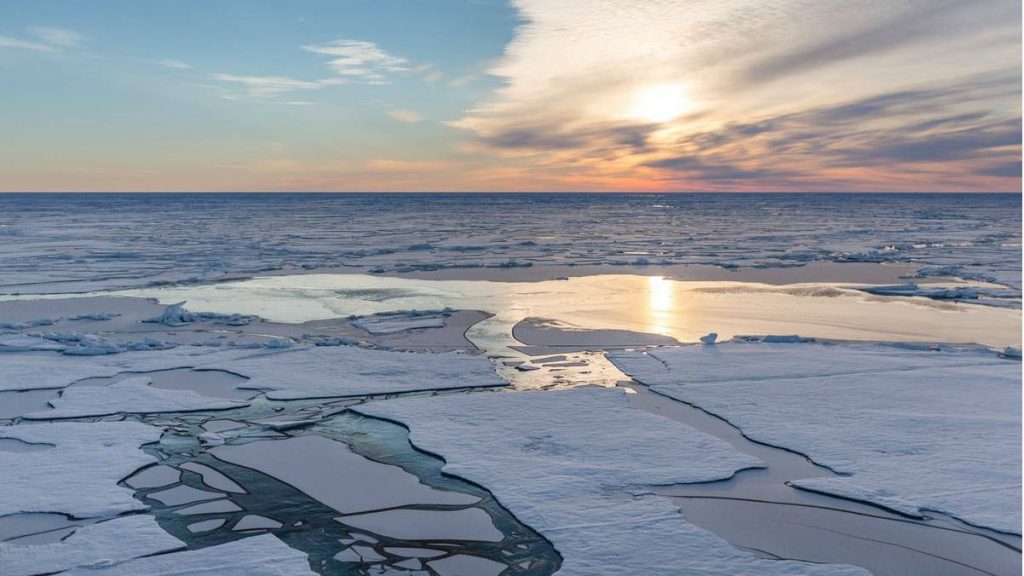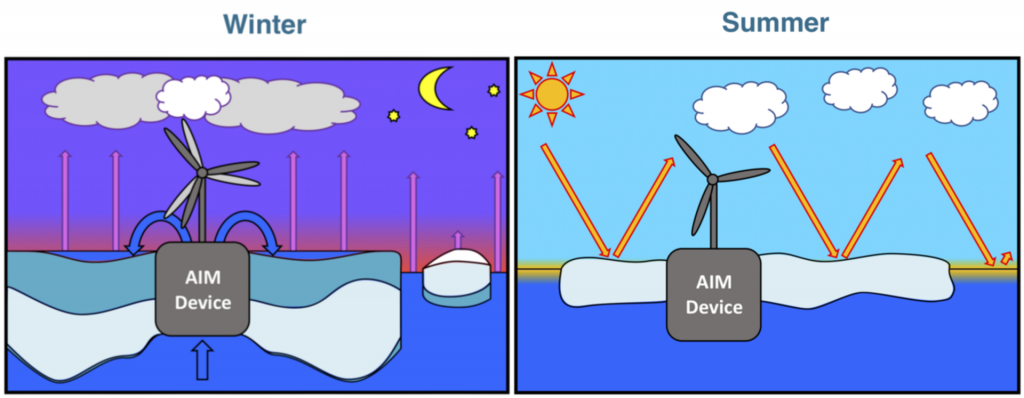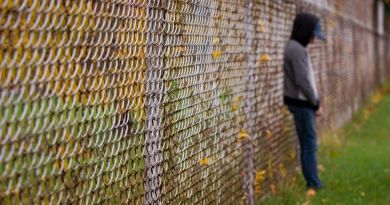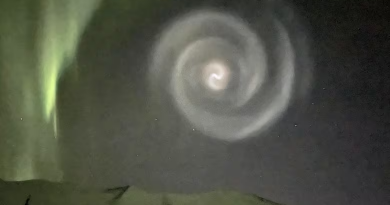Could millions of wind-powered pumps slow sea ice retreat in Arctic?

The idea of using millions of of wind-power pumps throughout the Arctic to facilitate sea-ice formation was first floated by U.S. researchers as potential ‘Arctic ice management’ in the journal Earth’s Future in 2017. But now a study from the Alfred Wegener Institute, Helmholtz Centre for Polar and Marine Research (AWI) has found that the project, technically at least, could really be a “go.”
“Given the unchecked progression of climate change to date, geo-engineering can’t be dismissed as mere nonsense by the climate research community,” said Helge Goessling, head of the research group.
To test the theory, AWI researchers Goessling and Lorenzo Zampieri used climate modelling and published their findings in Earth’s Future “Sea ice targeted geoengineering can delay Arctic sea ice decline but not global warming” on Thursday.
The scenario explored was using ten million wind-powered pumps across the Arctic to promote sea-ice formation.
“We wanted to know whether this manipulation of the Arctic sea ice could work in purely physical terms, and what effects it would have on the climate,” Zampieri, an environmental physicist and doctoral candidate from the AWI’s sea-ice prediction research group, said in a news release on Thursday.
Their study found that although the scenario could push back the loss of summer sea ice from mid-century to the end of the century, it still would not have any meaningful effect on global warming.
In the scenario, the wind-powered pumps would pump sea water onto the ice in winter where it would then freeze, allowing the ice to thicken and better withstand the warmer summer temperatures.

“Normally the growth of the ice is limited by the fact that, as it becomes thicker, the ice increasingly insulates the ocean from the winter cold; for this reason, typically you won’t find an overall thickness of more than a few metres,” Goessling said. “But the pumps do away with this limiting effect, because new layers are added to the ice from above.”
In the summer, the greater sea ice surface could better reflect sunlight, instead of dark ocean water absorbing sunlight.
However, researchers found that wouldn’t be enough to effect the warming climate long term.
“Though the warming of the Arctic in summer would be reduced by roughly one degree Celsius, and the loss of the sea ice could be delayed by roughly 60 years, the increased reflection of sunlight wouldn’t be sufficient to slow climate change outside the Arctic,” the news release said.
Write to Eilís Quinn at eilis.quinn(at)cbc.ca
Related stories from around the North:
Canada: 2019 shaping up to be the second or third warmest year on record, says WMO provisional report, Eye on the Arctic
Finland: Warmer, drier summer than usual in most of Finland, Yle News
Greenland: Greenlanders stay chill as the world reacts to their heatwave, CBC News
Iceland: Former U.S. Secretary of State John Kerry calls for climate action at Arctic Circle assembly, The Independent Barents Observer
Russia: Warm winter expected across the Arctic, The Independent Barents Observer
Sweden: IPCC climate report warns “extreme sea level events” will occur frequently, Radio Sweden
United States: The Arctic shipping route no one is talking about, Cryopolitics Blog



